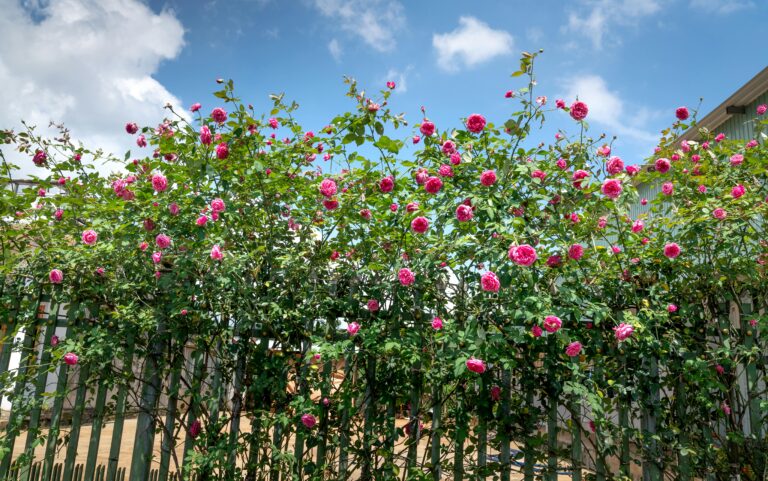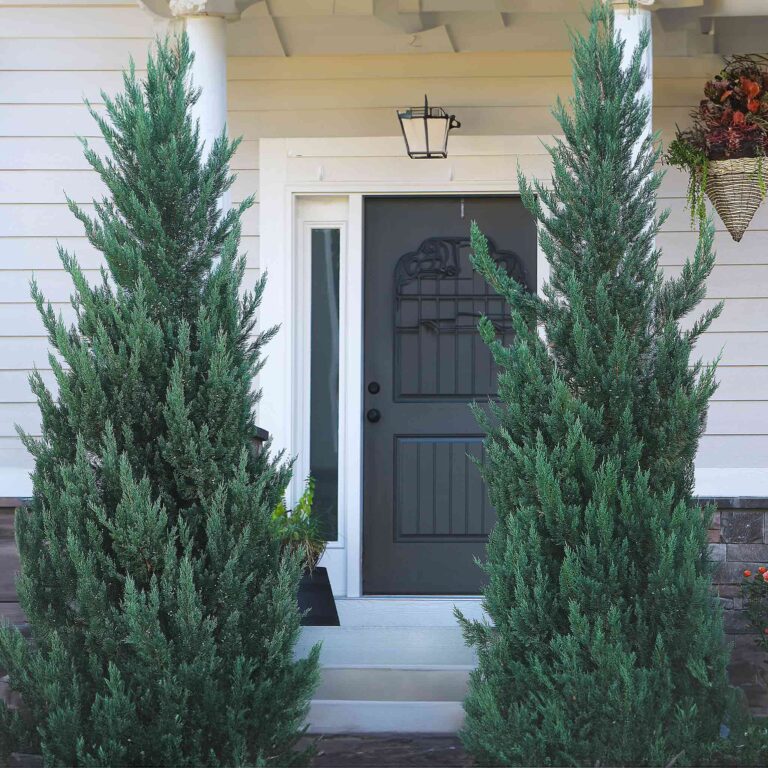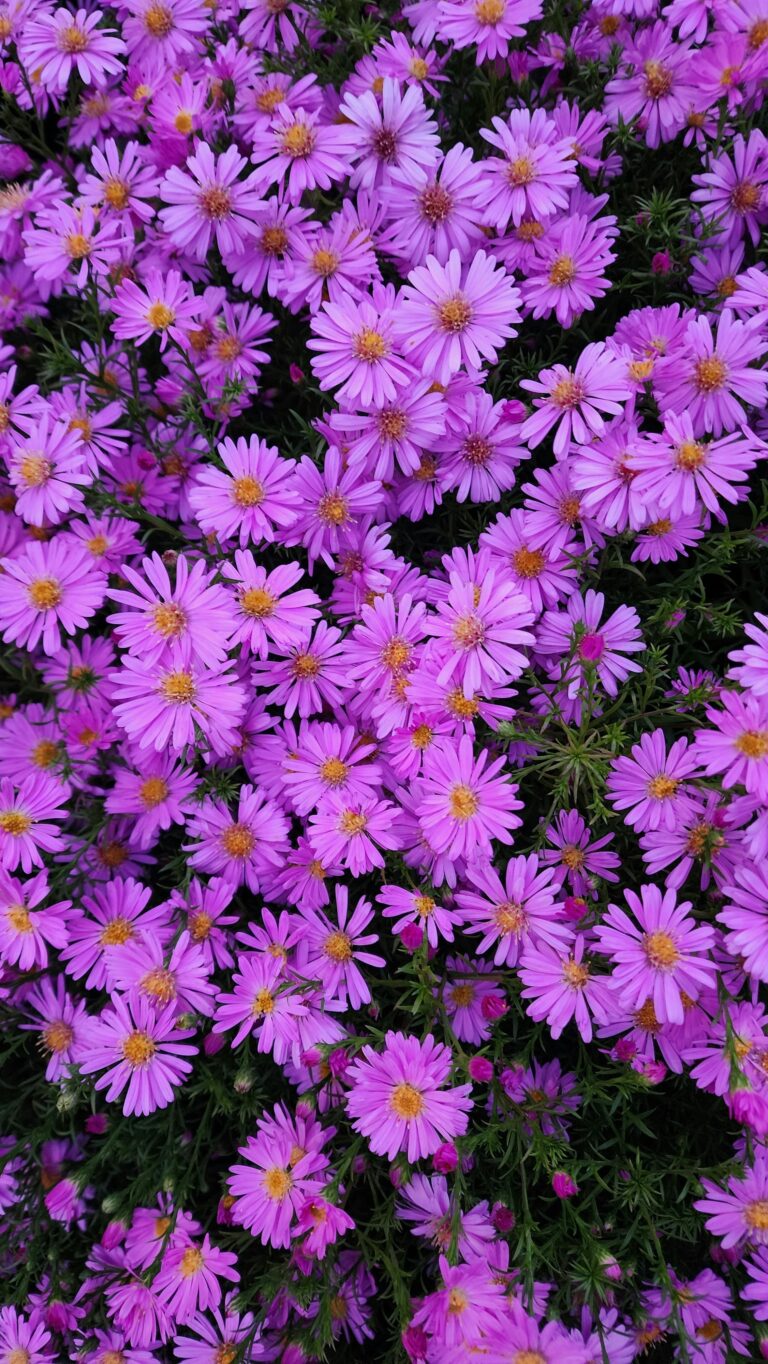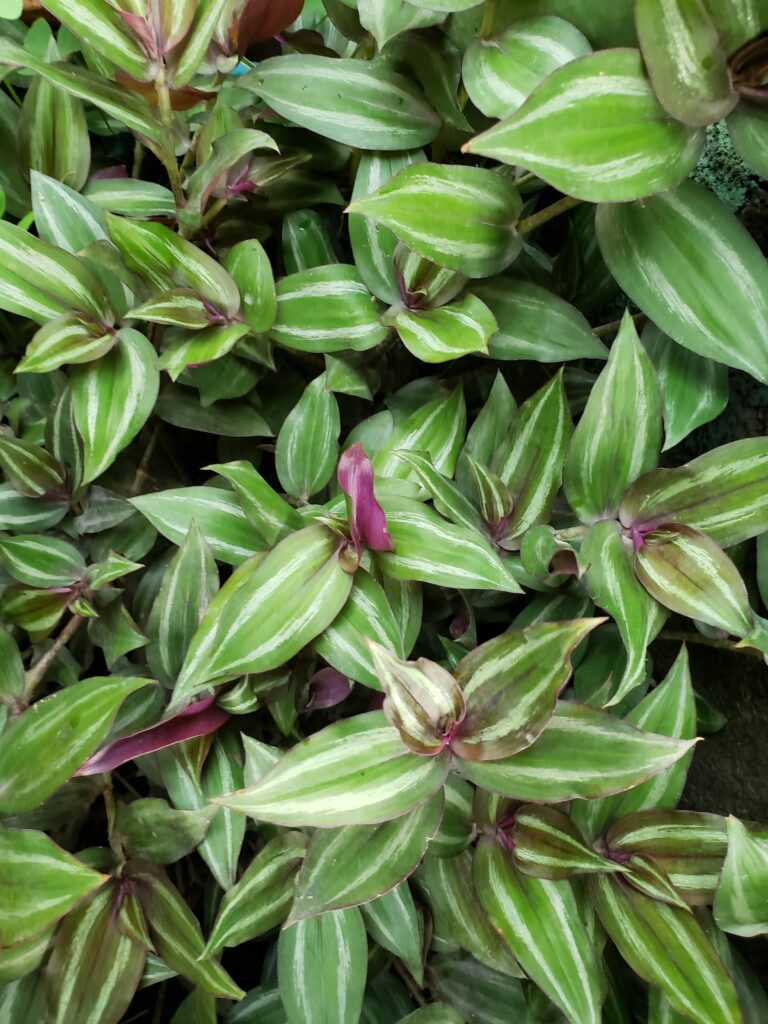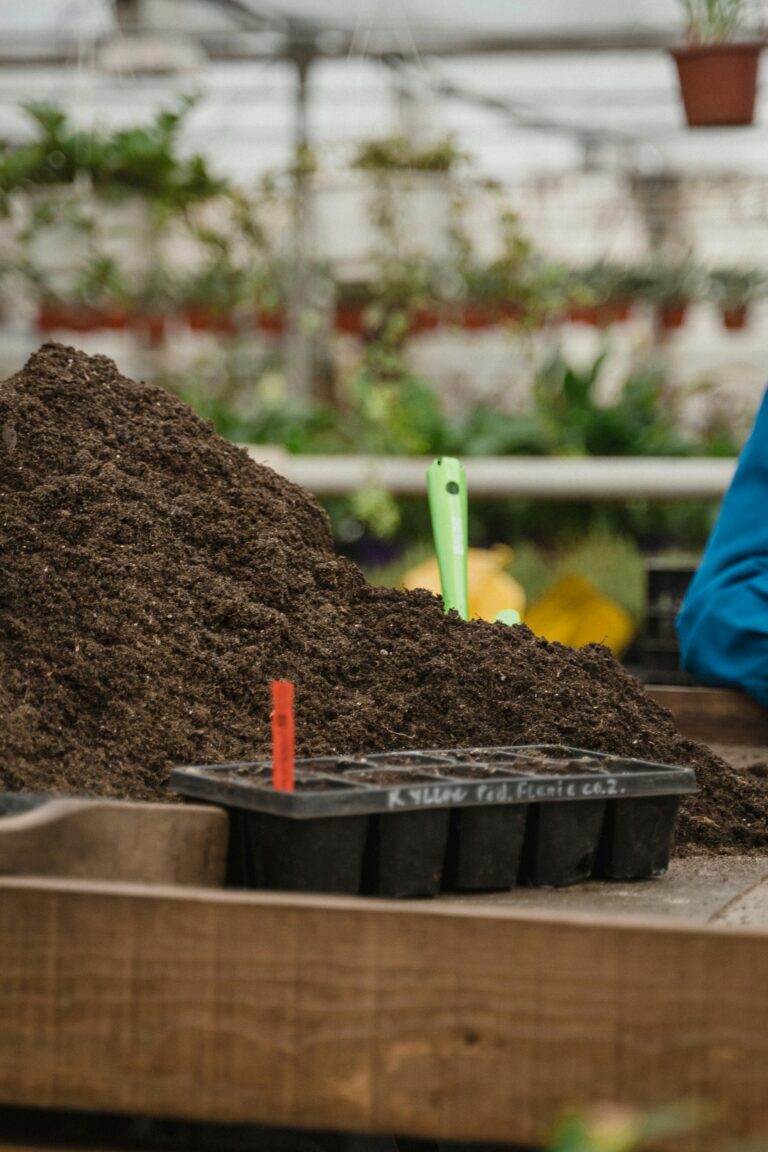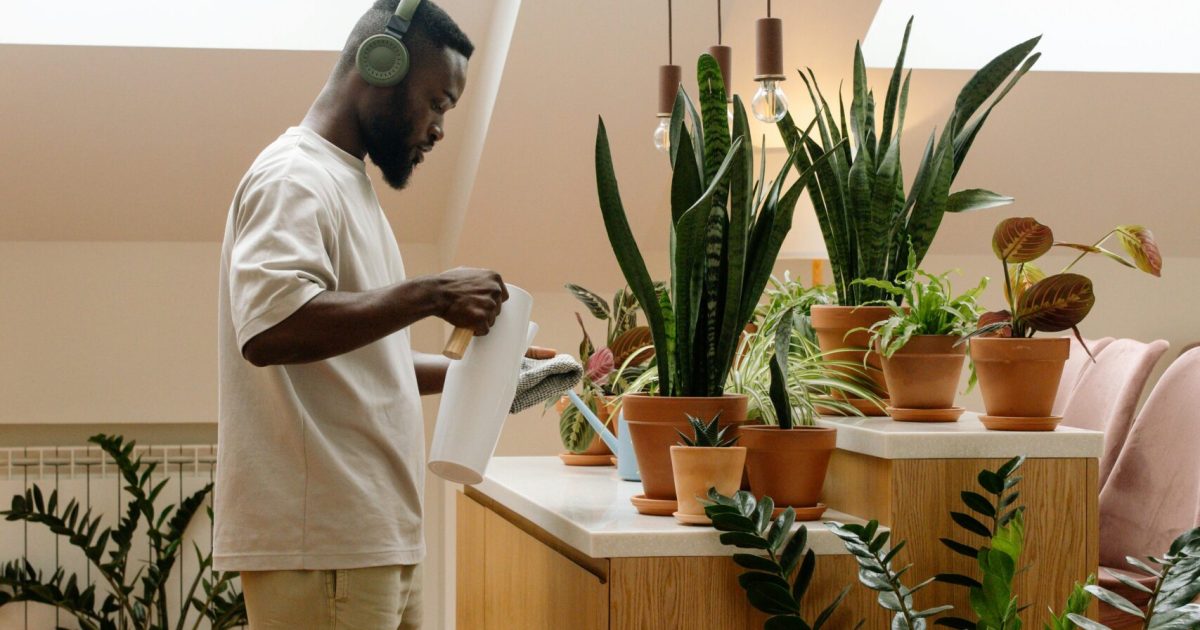
As someone who has been gardening for five years, I’ve learned that watering plants isn’t as straightforward as it seems. It’s one of those things that can make or break your plant’s health, and trust me, I’ve killed a few plants by either overwatering or not watering enough. But don’t worry—I’m here to help you figure out how to water your plants just right!
Whether you’re in the US or UK, the principles are the same. Let’s dive into what I’ve learned over the years about keeping your plants happy and hydrated.
Understanding Your Plant’s Water Needs
Every plant is different, and how much water it needs depends on a variety of factors like the type of plant, its size, the season, and how much sunlight it’s getting. Here are the main categories of plants and their typical watering needs:
Succulents and Cacti
These are the low-maintenance champs of the plant world. Succulents and cacti store water in their thick leaves or stems, so they don’t need much watering. In fact, they thrive on neglect!
Watering Frequency: Once every 2-3 weeks in summer, even less in winter.
Pro Tip: Always wait until the soil is completely dry before watering again. Overwatering can lead to root rot, which is a quick way to kill your succulents.Tropical Plants (Ferns, Monstera, Peace Lily)
Tropical plants are a bit more demanding because they love moisture, but you have to be careful not to overwater them either.
Watering Frequency: Once a week during the growing season, but make sure the top inch of soil is dry before watering again.
Pro Tip: These plants love humidity, so misting their leaves every few days will keep them happy.Flowering Plants (Roses, Petunias, Begonias)
If you love a pop of color in your garden or home, flowering plants are probably your go-to. They need regular watering to keep blooming.
Watering Frequency: Water once or twice a week, making sure to soak the soil. Don’t let them dry out too much.
Pro Tip: Water at the base of the plant, not the leaves, to avoid mildew and fungal diseases.
How Much Sunlight Affects Watering
Watering and sunlight go hand-in-hand. Plants in full sun will dry out quicker, meaning they need more frequent watering than those in the shade.
Full Sun Plants (Tomatoes, Sunflowers)
Plants that thrive in full sunlight will dry out much faster, especially in the summer months.
Watering Tip: You’ll want to water these in the morning before the heat of the day kicks in. This prevents evaporation and gives the plant time to absorb the water.Partial Sun/Shade Plants (Hostas, Fuchsias)
These plants don’t need as much direct sunlight and, as a result, won’t dry out as quickly.
Watering Tip: Check the soil moisture by sticking your finger an inch into the soil. If it feels dry, give it a drink.
Best Watering Techniques
I’ve tried just about every method of watering, and here are the ones I find work best:
Deep Watering
This method ensures the roots grow deep into the soil, which makes the plant more drought-resistant. I usually water until I see a little water draining from the bottom of the pot.
Pro Tip: It’s better to water deeply and less frequently than to give a small amount of water every day. This encourages stronger root growth.Misting
For plants that love humidity like ferns and orchids, misting their leaves can mimic their natural environment. I like to mist my tropical plants every morning, especially during the winter when indoor heating can dry out the air.
Pro Tip: Don’t mist plants in direct sunlight; the water droplets can act like tiny magnifying glasses and burn the leaves.Soaking Method
For plants in containers, another great technique is the soaking method. I place the entire pot in a tray of water and let the soil soak up what it needs from the bottom. This ensures the roots are hydrated without overwatering.
Pro Tip: Don’t leave the pot sitting in water for too long—10 to 15 minutes is enough.
Avoiding Common Watering Mistakes
It took me years to figure out some of these, so I’m saving you the trouble:
Overwatering
This is probably the most common mistake I’ve made. Plants need air as much as they need water, and soggy soil suffocates the roots. Always check if the soil is dry before adding more water.Underwatering
On the flip side, letting the soil dry out completely (except for succulents) can lead to wilting and leaf drop. Set a schedule for checking your plants so they don’t go too long without water.
Water Quality: Does It Matter?
Yes, it does! In my experience, tap water can sometimes be too hard (too much calcium or magnesium), which can build up in the soil. If you notice white crust on the soil or plant leaves, it could be a sign of mineral buildup.
Pro Tip: If possible, use rainwater or distilled water for sensitive plants like orchids and ferns. Collecting rainwater is not only eco-friendly but also super easy!
Seasonal Adjustments
Plants need less water in the cooler months when they’re not actively growing. In winter, I usually cut back on watering to prevent over-saturation, which can lead to root rot.
- Spring/Summer: Increase watering frequency, especially for outdoor plants.
- Fall/Winter: Reduce watering but keep an eye on the air humidity, especially for indoor plants.
Wrapping Up: Trust Your Gut (And Your Finger!)
At the end of the day, the best way to know if your plant needs water is to get your hands dirty—literally! Stick your finger into the soil. If it’s dry an inch down, it’s time to water. If it’s still damp, wait a day or two.
Watering is all about balance, and with a little practice, you’ll be able to tell exactly what your plants need. Remember, every plant is different, so don’t be afraid to experiment and adjust based on your plant’s response.
Happy gardening, and may your plants stay healthy and hydrated!

